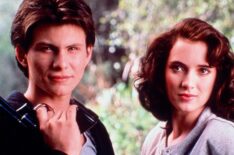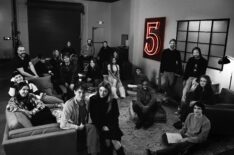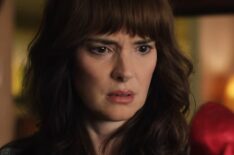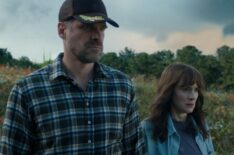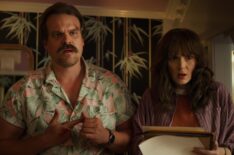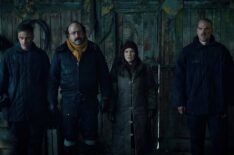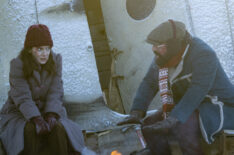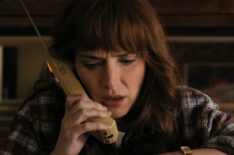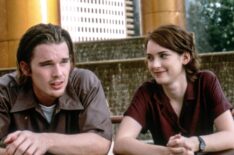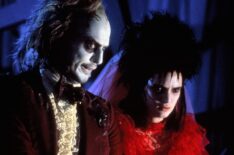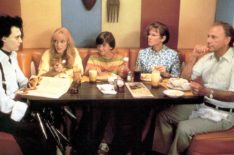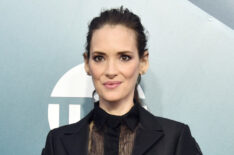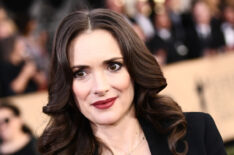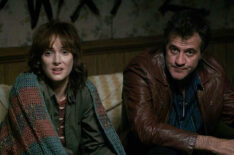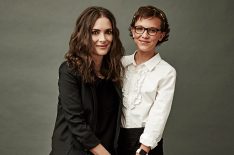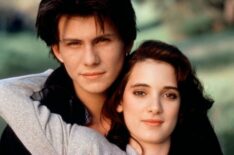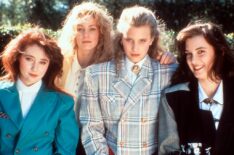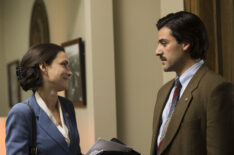Winona Ryder
Credits

Beetlejuice BeetlejuiceStream
Actor
Lydia
Movie
2024

Gone in the Night
Actor
Kath
Movie
2022

Sarah Cooper: Everything's Fine
Actor
Show
2020
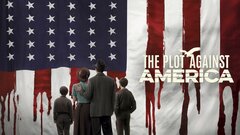
The Plot Against AmericaStream
Actor
Evelyn Finkel
Miniseries
2020

Stand Up to Cancer
Guest
Show
2018

Destination WeddingStream
Actor
Lindsay
Movie
2018
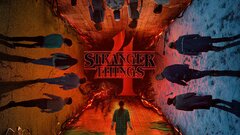
Stranger ThingsStream
Actor
Joyce Byers
Series
2016

Stranger Things
Actor
Joyce Byers
Show
2016
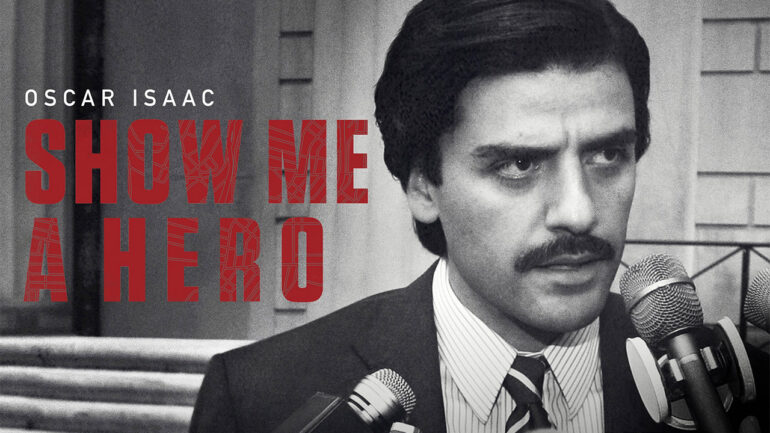
Show Me a HeroStream
Actor
Vinni Restiano
Miniseries
2015

Experimenter
Actor
Sasha Menkin Milgram
Movie
2015

Turks & Caicos
Actor
Melanie Fall
Show
2014

Late Night With Seth MeyersStream
Guest
Talk
2014

Turks & Caicos
Actor
Melanie Fall
Movie
2014

Drunk HistoryStream
Guest Star
Series
2013

HomefrontStream
Actor
Sheryl Mott
Movie
2013

Frankenweenie: Extras
Actor
Show
2012

When Love Is Not Enough: The Lois Wilson Story
Actor
Lois Wilson
Show
2012
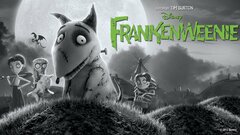
FrankenweenieStream
Voice
Elsa Van Helsing
Movie
2012

The Letter
Actor
Martine
Movie
2012

The Iceman
Actor
Deborah Pellicotti
Movie
2012

Worricker
Actor
Melanie Fall
Series
2011

The DilemmaStream
Actor
Geneva
Movie
2011

When Love Is Not Enough: The Lois Wilson Story
Actor
Lois Wilson
Movie
2010
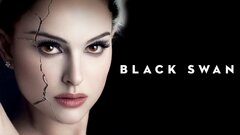
Black SwanStream
Actor
Beth MacIntyre/The Dying Swan
Movie
2010
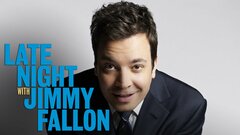
Late Night With Jimmy Fallon
Guest
Talk
2009

Star TrekStream
Actor
Amanda Grayson
Movie
2009

The Informers
Actor
Cheryl
Movie
2009

The Private Lives of Pippa Lee
Actor
Sandra Dulles
Movie
2009

Stay Cool
Actor
Scarlet Smith
Movie
2009

The Last Word
Actor
Charlotte
Movie
2008

Today With Kathie Lee & Hoda
Guest
Show
2007

The Ten
Actor
Kelly La Fonda
Movie
2007

Sex and Death 101
Actor
Gilian/Nell
Movie
2007

etalk
Guest
Show
2006

A Scanner DarklyStream
Voice
Donna
Movie
2006

The Darwin Awards
Actor
Siri Tyler
Movie
2006

Made in Hollywood
Guest
Series
2005

The Day My God Died
Narrator
Movie
2003

The Day My God Died
Producer
Movie
2003

Mr. DeedsStream
Actor
Babe Bennett
Movie
2002
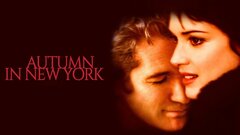
Autumn in New YorkStream
Actor
Charlotte
Movie
2001

Lost Souls (All Day)
Actor
Movie
2000

Lost Souls
Actor
Maya Larkin
Movie
2000
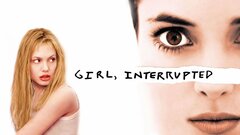
Girl, InterruptedStream
Actor
Susanna Kaysen
Movie
1999

Girl, InterruptedStream
Executive Producer
Movie
1999
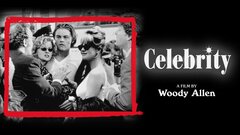
CelebrityStream
Actor
Nola
Movie
1998

Alien ResurrectionStream
Actor
Annalee Call
Movie
1997

Access Hollywood
Guest
News
1996

Looking for Richard
Actor
Lady Anne/Herself
Movie
1996

Boys
Actor
Patty Vare
Movie
1996
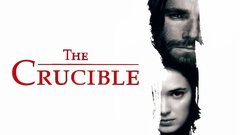
The CrucibleStream
Actor
Abigail Williams
Movie
1996

Jóvenes Salvajes
Actor
Movie
1996

How to Make an American Quilt
Actor
Finn Dodd
Movie
1995
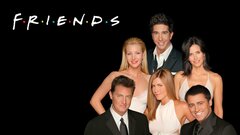
FriendsStream
Guest Star
Melissa Warburton
Series
1994
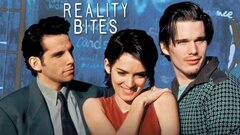
Reality BitesStream
Actor
Lelaina Pierce
Movie
1994
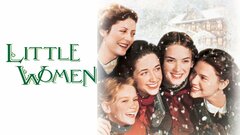
Little WomenStream
Actor
Josephine "Jo" March
Movie
1994
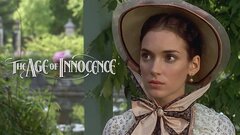
The Age of InnocenceStream
Actor
May Welland
Movie
1993

The House of the Spirits
Actor
Blanca Trueba
Movie
1993

The Larry Sanders ShowStream
Guest Star
Series
1992
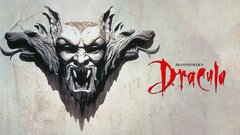
Bram Stoker's DraculaStream
Actor
Mina Murray/Elisabeta
Movie
1992
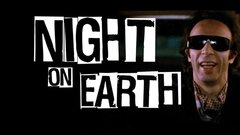
Night on EarthStream
Actor
Corky
Movie
1992

Máscara y la Gloria
Actor
Movie
1990

Bienvenida Roxy Carmichael
Actor
Movie
1990

Welcome Home, Roxy Carmichael
Actor
Dinky Bossetti
Movie
1990

Edward ScissorhandsStream
Actor
Kim Boggs
Movie
1990

MermaidsStream
Actor
Charlotte Flax
Movie
1990
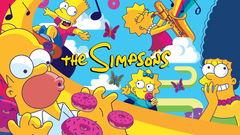
The SimpsonsStream
Guest Voice
Allison Taylor
Series
1989

HeathersStream
Actor
Veronica Sawyer
Movie
1989
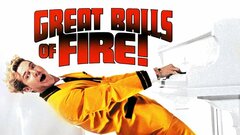
Great Balls of Fire
Actor
Myra Gale Brown
Movie
1989

Asesinos por Error
Actor
Movie
1989
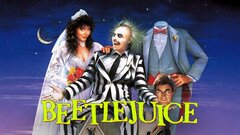
BeetlejuiceStream
Actor
Lydia Deitz
Movie
1988

1969
Actor
Beth
Movie
1988

Contradanza
Actor
Movie
1987
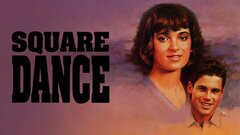
Square Dance
Actor
Gemma
Movie
1987

Lucas
Actor
Rina
Movie
1986

Saturday Night LiveStream
Host
Series
1975

Today
Guest
News
1952
News aboutWinona Ryder

‘Stranger Things’ Season 5 Sets Premiere Date as Netflix Unveils Episode Titles (VIDEO)
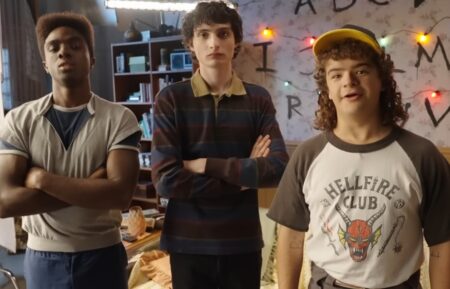
‘Stranger Things’ Season 5: Everything We Know So Far
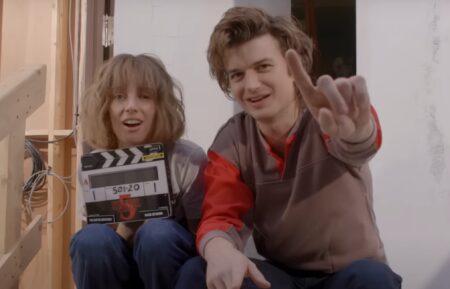
‘Stranger Things’ Season 5 Is Halfway Through Filming: First Look at Cast on Set of Final Season (VIDEO)
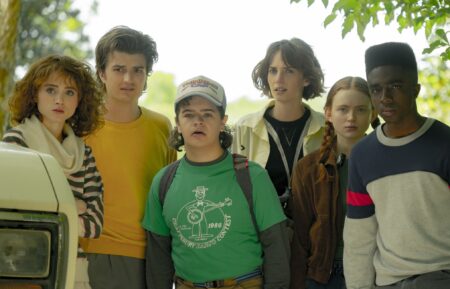
‘Stranger Things’ Begins Production on Fifth & Final Season at Netflix (PHOTO)
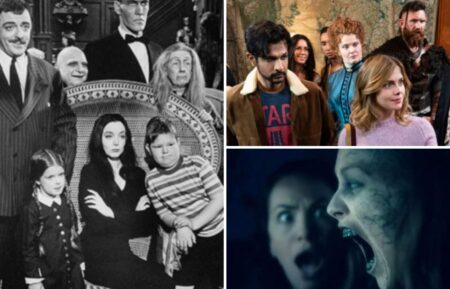
7 Spooky Families to Watch This Halloween, From ‘The Addams Family’ to ‘Ghosts’
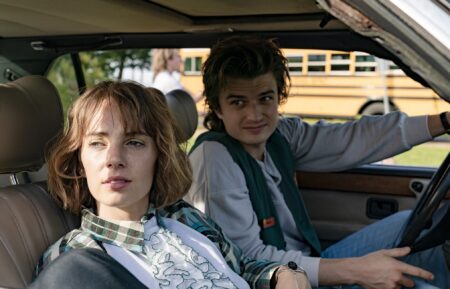
‘Stranger Things’: Watch the Cast Get Silly in Season 4 Blooper Reel (VIDEO)
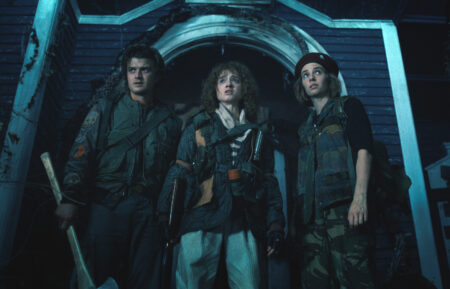
Spoiler Alert
‘Stranger Things’: Eleven Takes On Vecna in Deadly Showdown (RECAP)
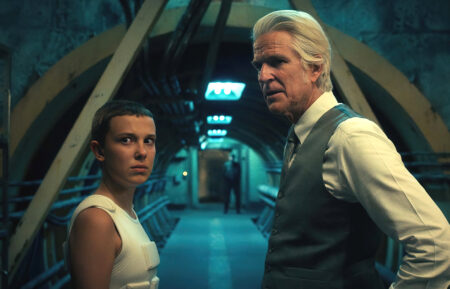
Spoiler Alert
‘Stranger Things’: Eleven Learns the Truth About Papa (RECAP)
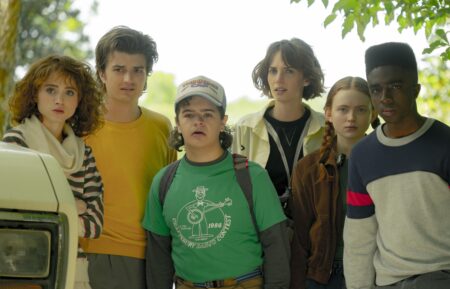
‘Stranger Things’ Ships, Ranked From Least to Most Likely to Happen
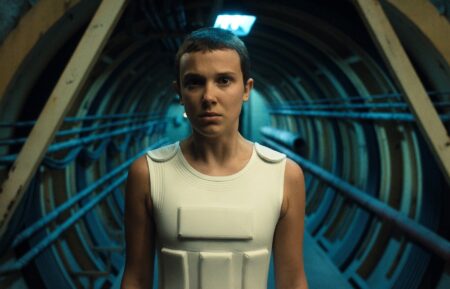
‘Stranger Things 4’ Trailer Teases Epic & Perilous Volume 2 Adventures (VIDEO)
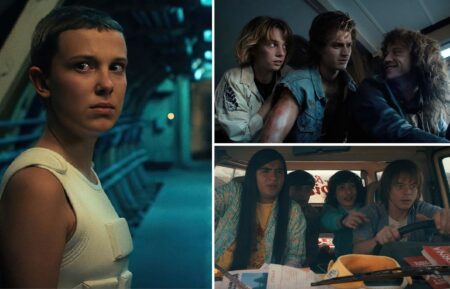
‘Stranger Things’ 4: Volume 2 First Look Teases Epic Finale (PHOTOS)
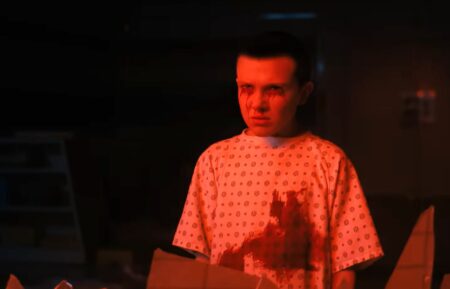
‘Stranger Things’ 4: Vecna Is Unleashed in Volume 2 First Look (VIDEO)
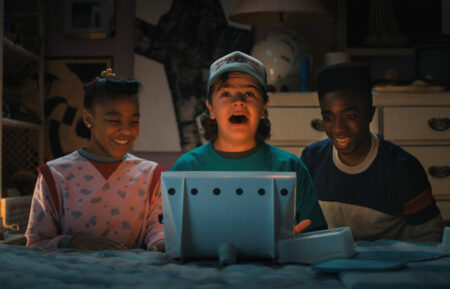
Spoiler Alert
‘Stranger Things’: Vecna’s Identity Is Revealed in an Explosive Showdown (RECAP)
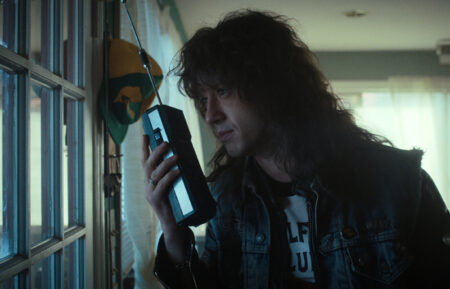
Spoiler Alert
‘Stranger Things’: The Hunt for Eddie Heats Up (RECAP)
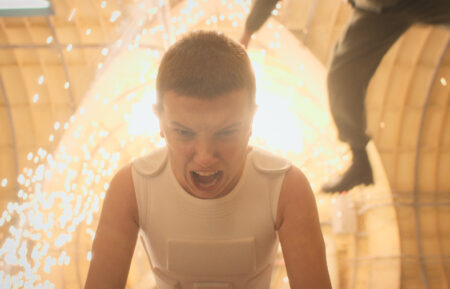
Spoiler Alert
‘Stranger Things’: Eleven Returns Home to Confront Her Past (RECAP)
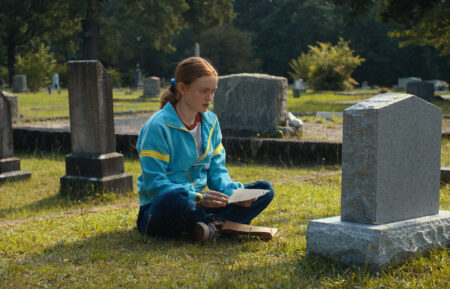
Spoiler Alert
‘Stranger Things’: Does Max Survive Her Trip to the Upside Down? (RECAP)
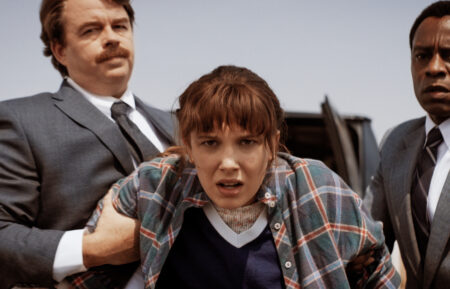
Spoiler Alert
‘Stranger Things’: Hawkins Needs a Superhero (RECAP)
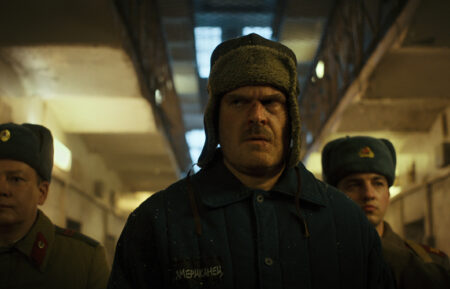
Spoiler Alert
‘Stranger Things’: Hopper’s Fate Is Revealed as the Hawkins Curse Continues (RECAP)
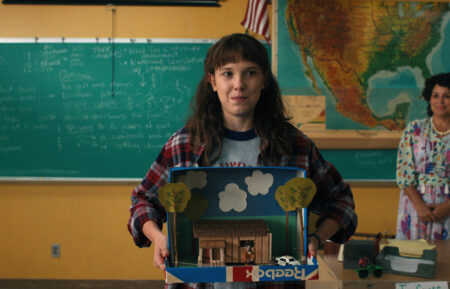
Spoiler Alert
‘Stranger Things’ Season 4 Premiere: Eleven Is Stuck in a California Nightmare (RECAP)
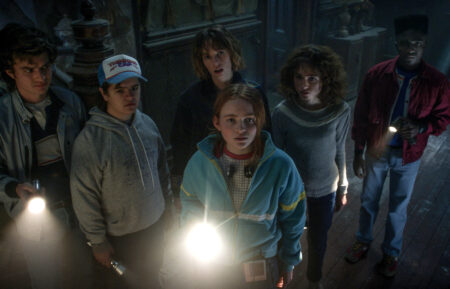
Review
Review: ‘Stranger Things 4’ Drags Despite Hair-Raising New Threat
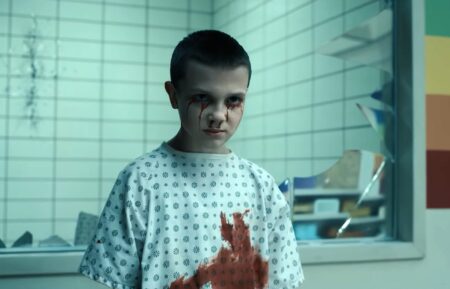
‘Stranger Things’ 4: Netflix Shares First 8 Minutes, Reveals Episode Lengths (VIDEO)
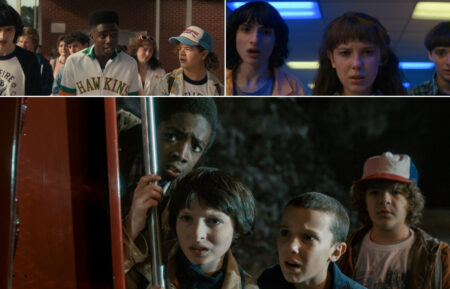
‘Stranger Things’: See How the Cast Has Changed (PHOTOS)
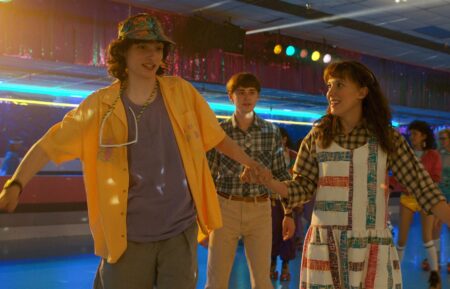
‘Stranger Things’: Horrifying New Threats Emerge in Latest Season 4 Trailer (VIDEO)
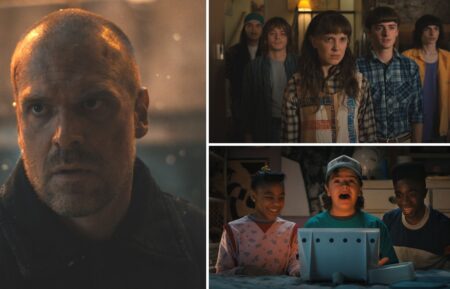
‘Stranger Things’ Season 4: Old Friends & New Faces Unite for a Fresh Mystery (PHOTOS)
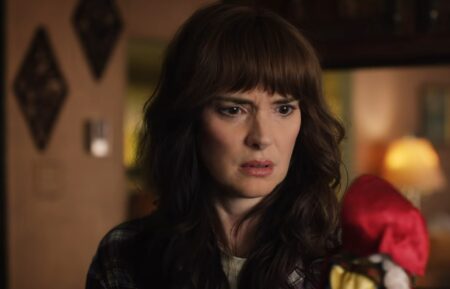
‘Stranger Things’ Sets Season 4 Premiere as Netflix Renews Series for Fifth & Final Season
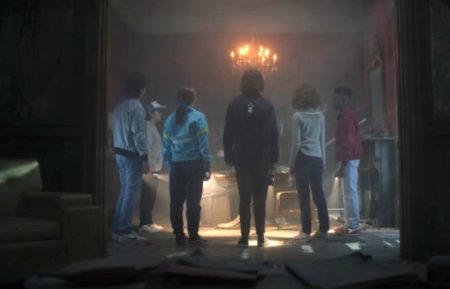
8 Questions We Have After Those ‘Stranger Things’ Season 4 Teasers
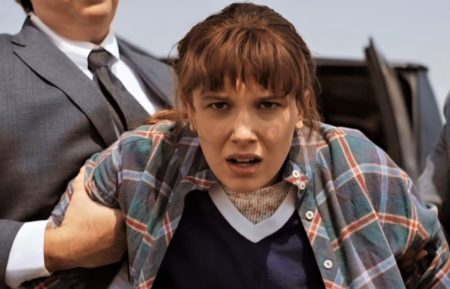
‘Stranger Things’ Season 4 First Look Teases Eleven’s New Life in California (VIDEO)
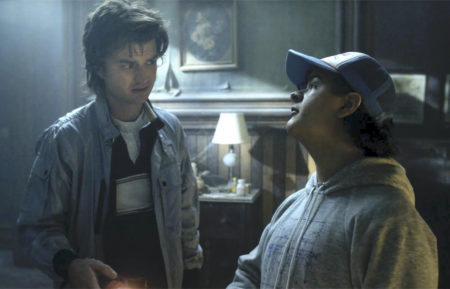
‘Stranger Things’ Teaser Introduces Season 4’s Creepy Creel House (VIDEO)
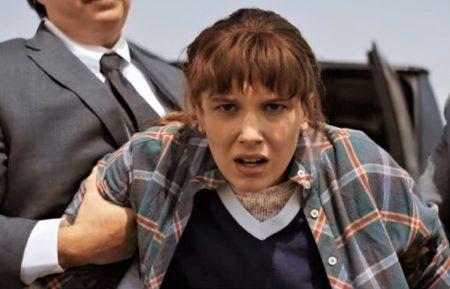
‘Stranger Things’ Teases Spooky Season 4 as Netflix Sets 2022 Premiere (VIDEO)
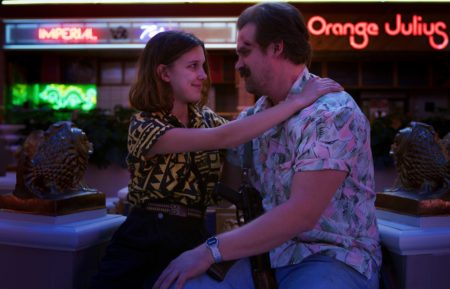
‘Stranger Things’ Returns to Season 4 Filming: See Cryptic New Sneak Peek (PHOTO)
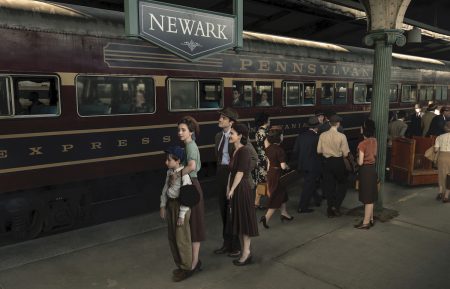
Review
Roush Review: A Chilling ‘Plot Against America’
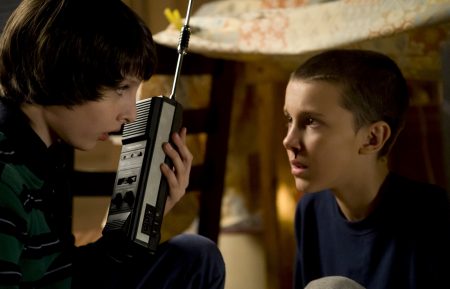
‘Stranger Things’ Unveils Series Bloopers & Season 4 Premiere Title (VIDEOS)
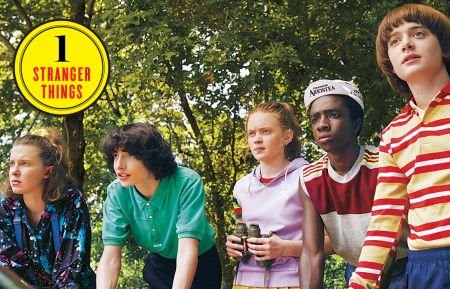
Shows You Should Be Watching Now #1: ‘Stranger Things’
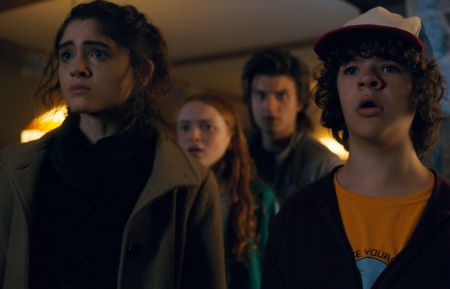
‘Stranger Things’ Kids Get a Major Pay Raise—What They’re Making for Season 3
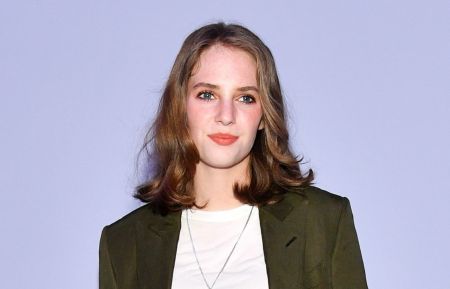
Ethan Hawke and Uma Thurman’s Daughter Maya Joins ‘Stranger Things’ Season 3
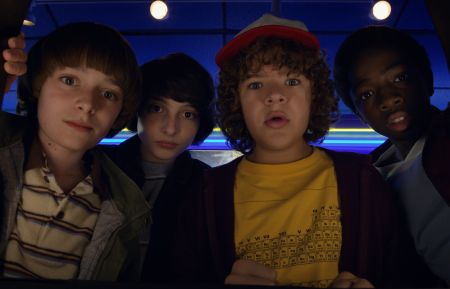
Roush Review: ‘Stranger Things 2’ Takes Us Back to the ’80s for a Thrill Ride
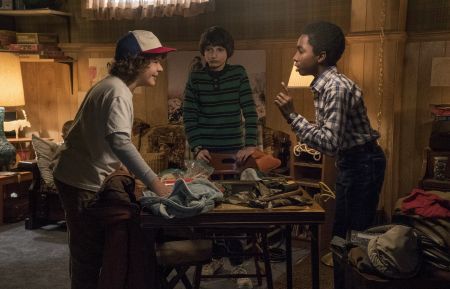
7 Reasons Why It’s Never Too Late to Become a ‘Stranger Things’ Fan

Dateless on Valentine’s Day? These Are Your Binge-Watching Options
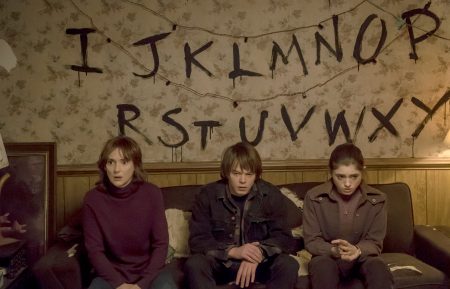
‘Stranger Things’: A Missing Boy, a Mysterious Girl and Winona Ryder Make For a ‘Fun’ Thriller





